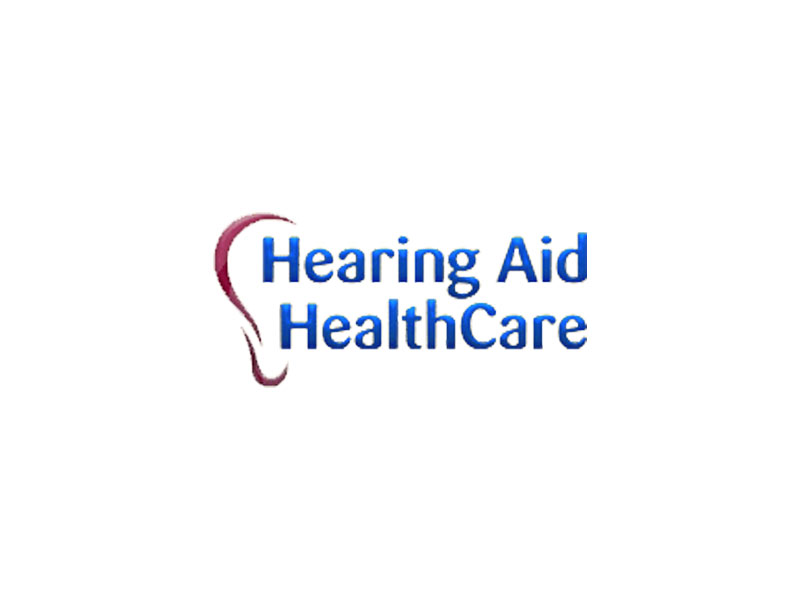Unfortunately hearing loss affects numerous young ones, however the right type of hearing aid could have a very positive impact on their lives. The total number of types, attributes, and sizes can be overwhelming to a parent choosing a hearing aid for their child. There are a few styles that tend to be better suited for youngsters than others, so continue reading to understand more about what design may work best for your child.
There are two main styles of hearing aids that work well for children: In-the-ear (ITE) and behind-the-ear (BTE). Unlike adults, kids are continuously growing and developing, making normal hearing aid adjustment necessary. ITE and BTE aids readily lend themselves to frequent adjustment, making them best suited for use in children. ITE hearing aids are small products in plastic cases which fit into the outer part of a child’s ear. ITE hearing aids are large enough to incorporate many helpful additional technologies such as telecoil. BTE aids have a small plastic case that is worn behind the ear. A plastic earmold supplies sound to the child’s ear and is connected to the case by a little piece of tubing. Both types of equipment can address different hearing issues.
Finding the best type of hearing aid for your child can be difficult, especially if he or she has other medical problems. Children whose ears are not properly developed may have trouble wearing behind-the-ear units. In-the-ear hearing aids may not fit accurately if a child has a shallow ear canal. An abnormal build-up of ear wax can interfere with hearing aid function, particularly for units that rest in the ear.
A hearing specialist consult is essential to find the best hearing aid for your child. Your specialist will have an understanding of your child’s distinct condition and use this information to make informed recommendations. Your specialist can also provide instruction on what your part is in enhancing your child’s hearing. Young children may not be able to remove, put in, or fine-tune their hearing aids, leaving it up to you to ensure they are comfortable and hearing at their best.
With research and discussion you will be able to better understand your child’s hearing aid solutions and find the right device.
Leading Hearing Aid Styles for Kids
The site information is for educational and informational purposes only and does not constitute medical advice. To receive personalized advice or treatment, schedule an appointment.
